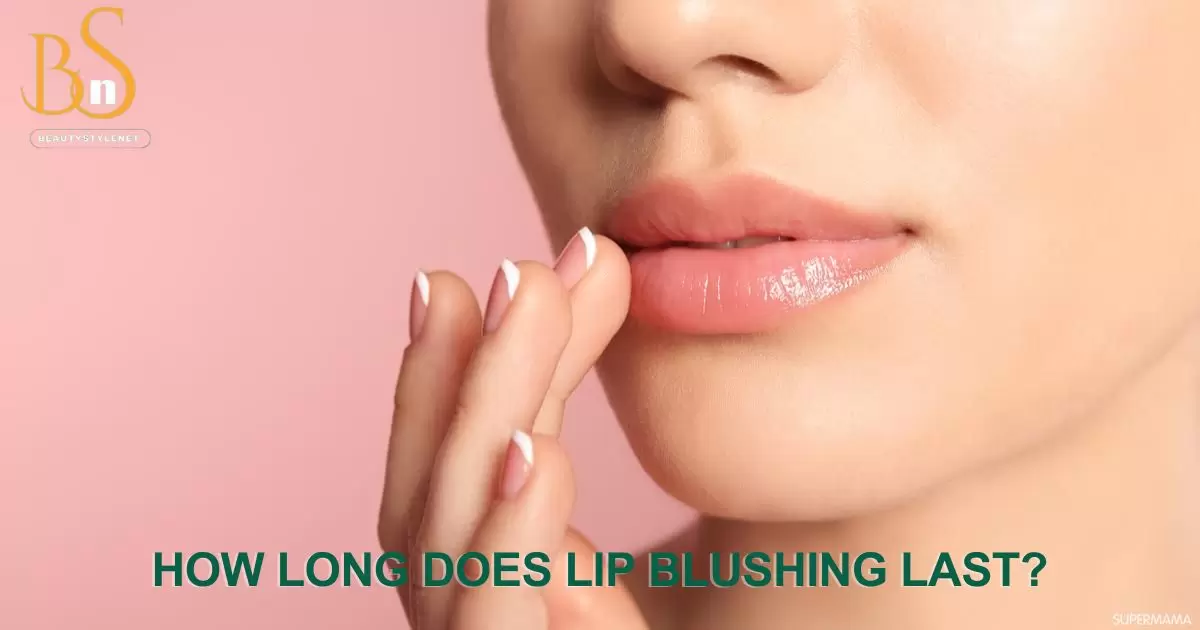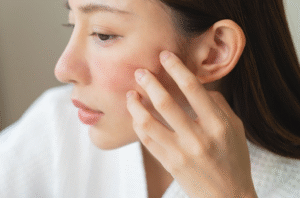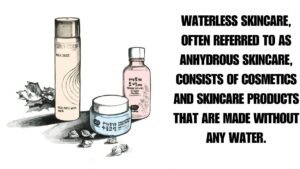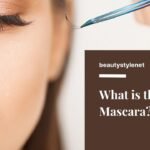Lip blushing, also known as lip tattooing or permanent makeup, is a cosmetic procedure that enhances the lips with semi-permanent pigment. If you’re considering lip blushing but unsure how long the results will last, this guide will help you understand factors that influence longevity and answer common questions about this popular lip procedure.
What is lip blushing?
Lip blushing is a technique where pigment is deposited into the dermal layer of the lips using a machine similar to tattoo equipment. The pigment shades the lips to create dimension, and fullness and define their shape. Unlike lipstick or liner, lip blushing provides a long-lasting color that still looks natural. Some key aspects of lip blushing include:
- The pigment is implanted 1-3 millimeters below the skin’s surface for a semi-permanent makeup effect.
- Colors mimic the natural tones of lipstick and lip liner to enhance the lips without looking overdrawn.
- Results last 1-3 years on average before needing a touch-up, depending on numerous lifestyle and skin factors.
- The procedure is minimally painful, taking around 1-2 hours for both lips. Some discomfort is normal.
Who is a good candidate for lip blush?
The best candidates for lip blushing are those who:
- Have realistic expectations about the semi-permanent nature of results. Lip blushing is not truly permanent.
- Have healthy, moisturized lips without sun damage, scarring, or excessive fine lines.
- Are physically and mentally healthy with no illnesses affecting healing.
- Are nonsmokers, as smoking can negatively impact longevity.
- Commit to proper aftercare including sun protection to keep colors vibrant longer.
- Are willing to schedule regular touch-ups once colors begin to fade, usually every 1-3 years.
Who isn’t a good candidate for lip blush?
Those who may not be ideal candidates include:
- Pregnant or breastfeeding individuals due to unknown side effects.
- People with collagen or autoimmune diseases affecting healing like lupus or diabetes.
- Individuals taking blood thinners or Accutane which can worsen bleeding.
- Those with irregular lip shapes are better suited to lip augmentations first.
- Patients are unwilling or unable to commit to proper aftercare and potential touch-ups.
- People with unrealistic expectations of permanence instead of semi-permanence.
How to choose the right Lip Blush color
To find the perfect shade, it’s important to:
- Consider natural lip tone, not fashion colors like bright red which may look unnatural.
- View lip color swatches on printed strips against the lips in natural lighting.
- Choose subtle enhancement shades one level darker than the natural color.
- Avoid overly pigmented tones that could look like a tattoo over time as they fade.
- Get technician input on balance, symmetry, and enhancing natural features.
Lip-blushing facts, risks, pain, and more
Some additional details about the procedure include:
- Risks are low but may include infection, bleeding, swelling, or uneven pigment. Bleeding is usually minimal.
- Healing takes 7-10 days and some tenderness is normal. Avoid the sun, heat, and activities pulling the skin taut like vacuuming.
- Numbing cream is used but many clients still feel discomfort rated 2-5/10. It’s faster than other areas like eyeliner.
- Longevity depends on lifestyle factors like sun exposure and moisturizing. Keeping lips soft promotes longer wear.
- Touch-ups every 1-3 years maintain color intensity over time as pigment fades. More likely annually for active lifestyles or smokers.
- Not permanent like regular tattoos and will change with the natural aging process. Retouches allow shaping to lip changes.
Always research the qualifications of technicians thoroughly to minimize risks with proper licensing and sanitation protocols. Psychological readiness for a semi-permanent change is important too.
Does lip blush hurt?
While pain tolerance varies between individuals, most describe lip blushing as uncomfortable pressure more than sharp pain. Here are some key points about the experience:
- Technicians apply numbing cream 30-60 minutes before to significantly reduce sensation.
- The majority rate pain between 2-5 out of 10, with 10 being extremely painful. Some feel light pin-pricks.
- Areas with less tissue coverage like the vermilion border may sting more. Cupid’s bow is usually the most tender section.
- Procedures average 60-90 minutes but are broken into segments with breaks in between. This helps manage any discomfort.
- Over-the-counter pain relief can be taken before and after if needed along with anti-inflammatory creams.
- Pain is lower than eyeliner tattooing which involves more delicate skin over bone structure.
How long does lip blush last?
On average, lip blushing results endure for 1-3 years before fading noticeably and needing a touch-up. Multiple factors influence the longevity, including:
- Lifestyle: Sun exposure, smoking, and repetitive lip motions like talking significantly hasten fading over time.
- Skin type: Oilier skin may see colors last 18 months while drier skin can get 2-3 years before requiring a touch-up.
- Aftercare: Maintaining hydrated, protected lips through balms and SPF prolongs vibrancy versus dry, cracked lips.
- Technique: Experience level impacts even pigment deposition and longevity. Quality brands also make a difference.
- Touch-ups: Additional 1-hour sessions every 1-3 years depending on the above help maintain shape and pigment intensity as the lips change naturally over time too.
For most lifestyle factors, results may begin fading noticeably at 12-18 months, with 1-2 touch-ups typically needed afterward. But with SPF, a non-smoking lifestyle could achieve the full 3 years between sessions.
What affects the longevity of lip blush?
The main factors influencing how long lip blushing lasts include:
| Factor | Impact on Longevity |
| Sun Exposure | Direct sunlight causes the fastest fading of pigments |
| Smoking | Toxins in cigarettes break down lip skin and pigment+ |
| Oral Habits | Chewing, licking, lip-biting rub away pigment over time |
| Skin Type | Oilier skin sees faster fade dry skin retains pigment longer |
| Hydration | Keeping lips soft and hydrated minimizes flaking and fading |
| Touch-Ups | Additional procedures every 1-3 years maintain pigment levels |
| Technique | Experience impacts even pigment deposits affecting longevity |
| SPF Use | UV protection shields from the sun’s damaging effects on pigment |
Maintaining a healthy lifestyle of sun protection and avoiding harsh habits optimizes results for the advertised 1-2 years between touch-ups.
Can I get Lip Blush if I’ve had lip fillers?
Those who have previously gotten lip fillers like Juvederm or Restylane can still receive lip blushing. However, timing is important:
- Wait at least 2 weeks post any lip injections for swelling to go down fully before blushing.
- Inform the technician of your filler history for accurate sizing and shaping around the fuller lips.
- Overlapping lip blush appointments with top-up injections works well for synchronizing shapes and ensuring proper color suitability.
Keep in mind that as filler naturally dissolves over 6-12 months, touch-ups may be needed sooner for the lip blush outline to precisely match the shifting lip geometry again. Overall filler experience is compatible with lip blushing for an enhanced pout.
How to choose the right lip blush technician
As with any tattoo work, credentials and experience are paramount when selecting someone for permanent makeup. Make sure to:
- Check licensing and certification from reputable training organizations like PMBT or CMCP.
- Ask how long they’ve done lip blushing specifically versus other areas. Five years minimum is ideal.
- See before/after photos of similar lip shapes done in the past year.
- Inquire about sanitization protocols for single-use needles and equipment sterilization.
- Request information on pigments used and the number of procedures to gauge volume.
- Consider other reviews or referrals from trusted sources like doctors.
An in-person consultation allows for assessing the artistic eye for symmetry and skill level for ensuring smooth, natural-looking results that last. Don’t risk the health or result from quality with uncertified or novice practitioners.
Can you overline the lips with a lip blush?
Experts can use lip blushing to create a subtle ombré or overline effect around the lips for added dimensionality and volume illusion. This involves:
- Shading outside natural lip line with 1-2 shades darker than inside natural borders.
- Blending pigment gradually at the edges instead of harsh lines for realism.
- Limiting overline to 1-2mm at most to avoid crossing into unnatural tattoo territory.
- Discussing needs and expectations clearly to determine if filler may achieve goals more naturally first before overlining with blush.
With an experienced artist, a mild and natural-looking overline enhancement is achievable. But it’s better suited to those with fuller, defined lips already versus dramatically reshaping the lip shape.
Frequently Asked Questions
How long does it take for lip blushing to fade?
On average, lip blushing pigment lasts 12-18 months before noticeable fading occurs. With excellent sun protection and lifestyle habits, results may stay crisp for the full 1-3 year marketing timeframe between touch-ups.
What are the cons of lip blushing?
Potential drawbacks include semi-permanence requiring touch-ups, risks like infection if done unsafely, some discomfort during the procedure, and fading over 1-3 years needing re-pigmentation. It’s also not reversible like lip liners.
How painful is lip blushing?
Most clients rate pain between 2-5 out of 10, with numbing cream applied first. Areas with less tissue coverage may sting slightly more. It’s significantly less painful than procedures near the eyes. Discomfort feels like pressure versus sharp pain.
Final Thoughts
By understanding factors influencing longevity and how the lips will change naturally, clients can make educated decisions about lip blushing tailored to their lifestyle and aesthetic goals. With the right technician and post-care routine emphasizing hydration and protection, results can provide vibrant lip definition for the marketed 1-2 years between touch-ups. As a semi-permanent enhancement, education, and realistic expectations ensure being a good candidate for this popular cosmetic lip procedure.











